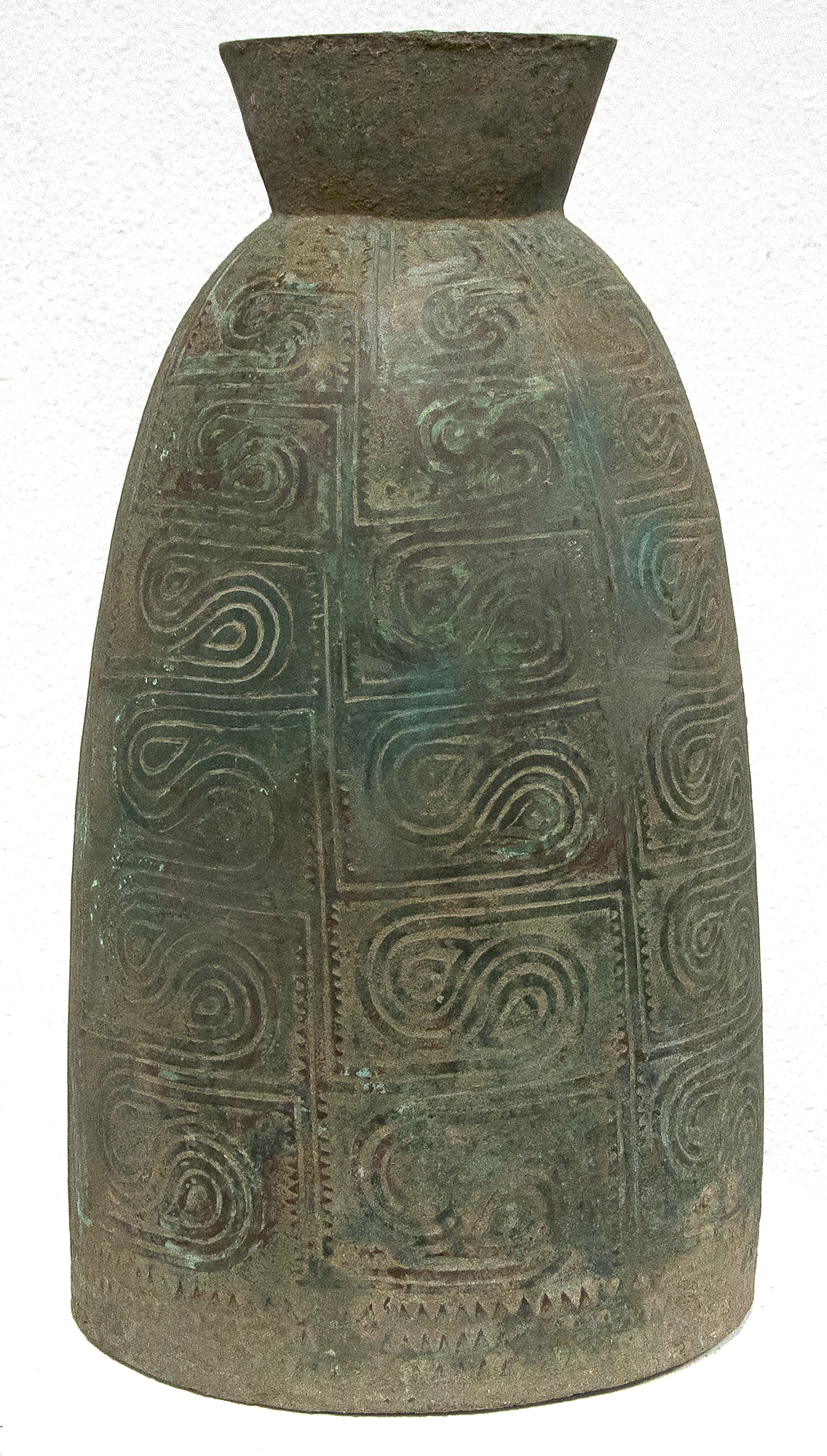SUDESTE ASIÁTICO









Procedencia
Colección privadaHeather James Fine Art, Palm Desert
50,000
La cultura Dong Son es una cultura de la Edad de Bronce que incluye todo el sureste de Asia y el archipiélago Indo-Malayo desde el año 1000 hasta el 1 AC. Centrados en el Valle del Río Rojo de Vietnam, los Dong Son eran sofisticados agricultores que cultivaban arroz y búfalos. Dong Son probablemente surgió de las culturas neolíticas locales, como las fases de Phung Nguyen y Dong Dau. Dong Son se identifica con la dinastía gobernante Van Lang, la primera dinastía gobernante de Vietnam. En el siglo II a.C., los impactos de la dinastía Han en China se hacían sentir y, según los registros históricos, los hijos de los Dong fueron absorbidos por el territorio de la dinastía Han.


